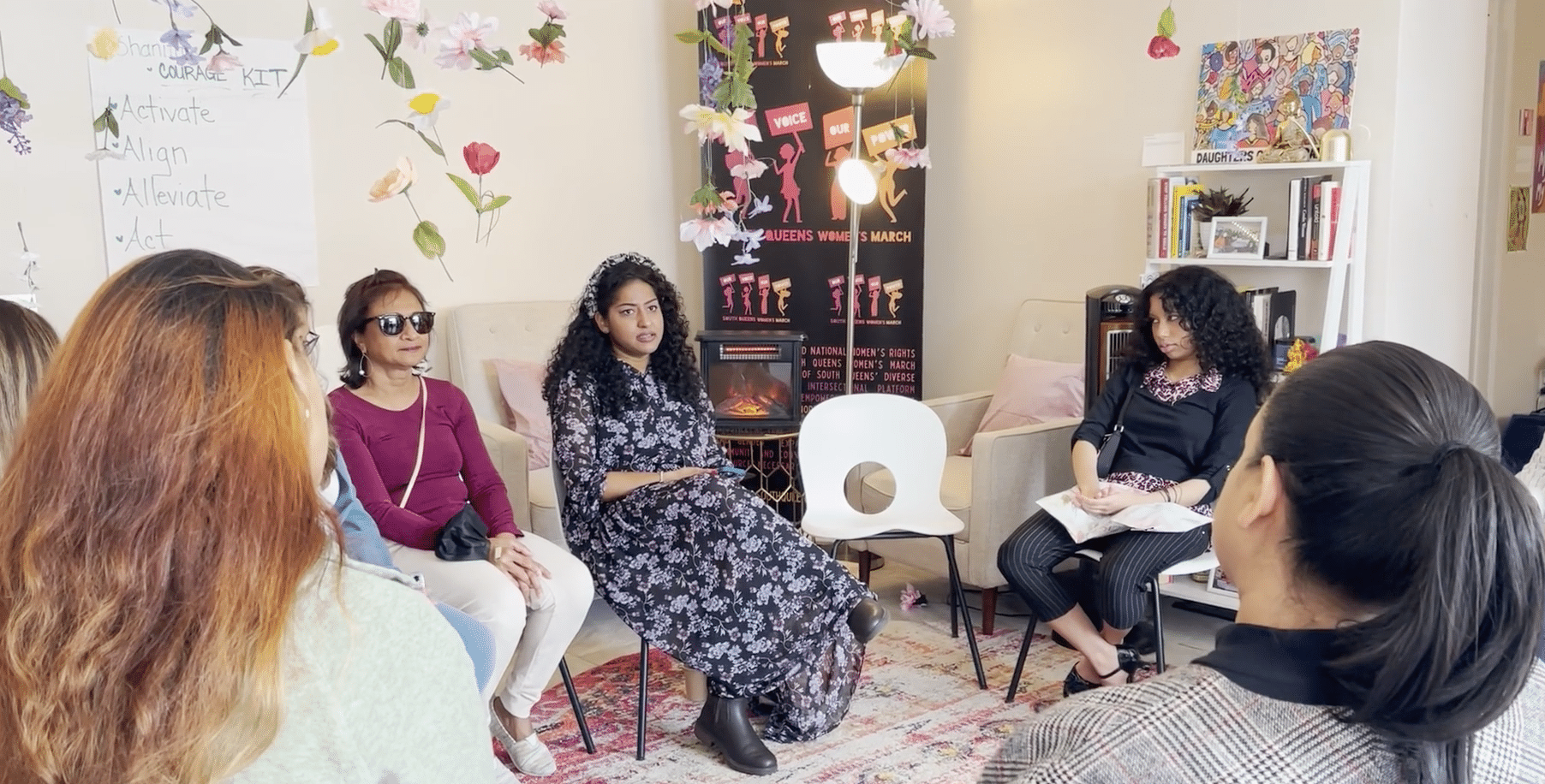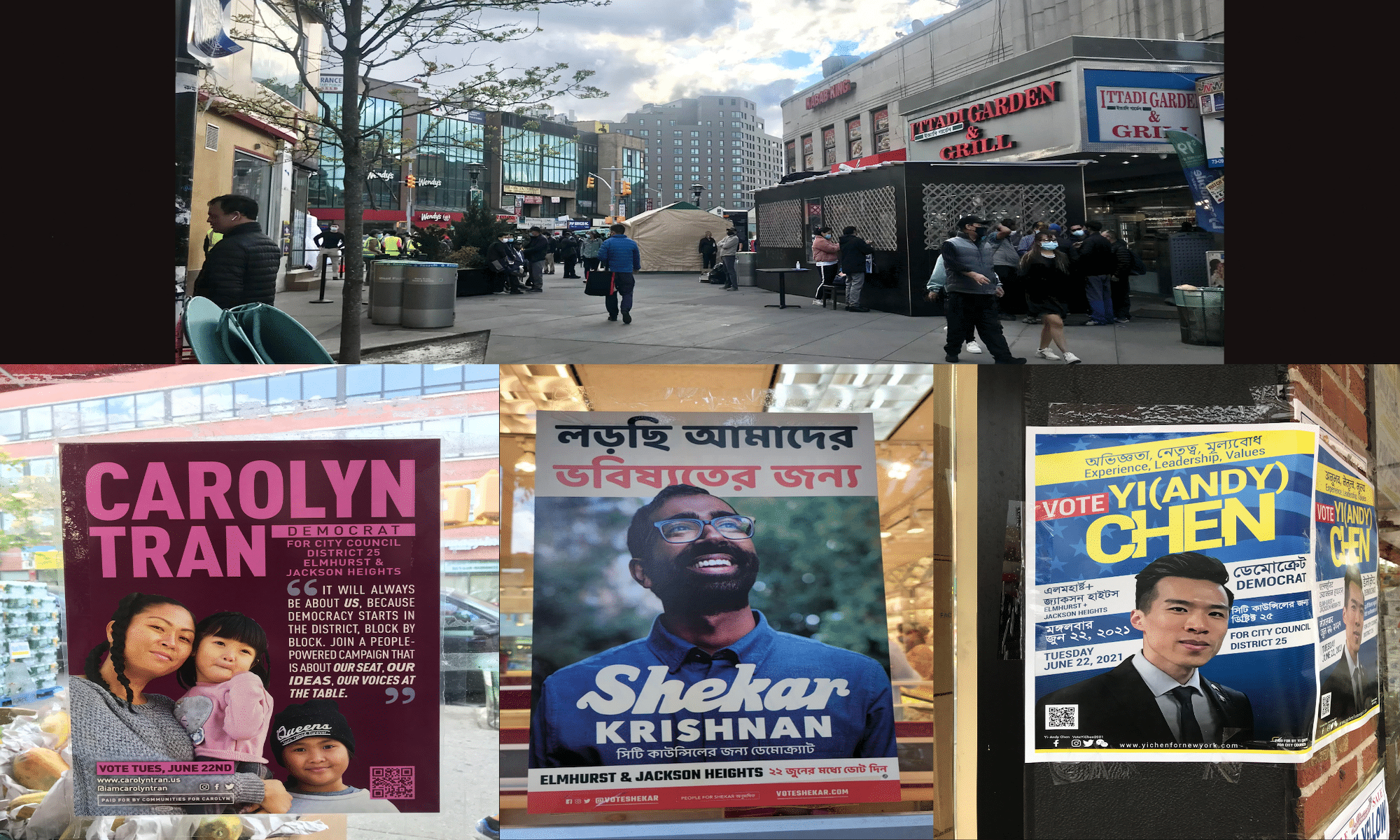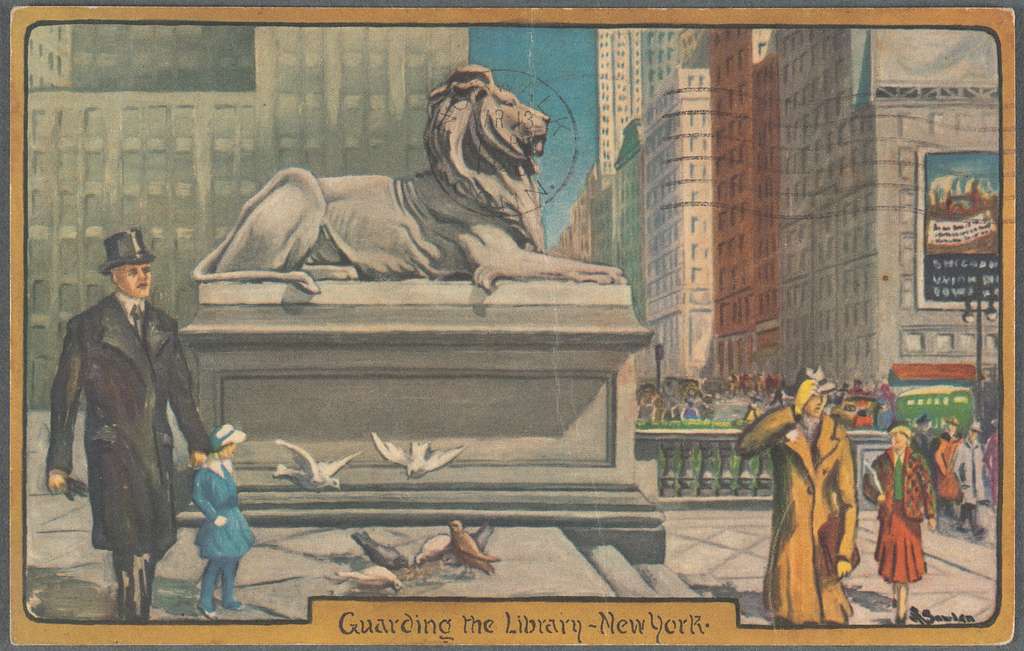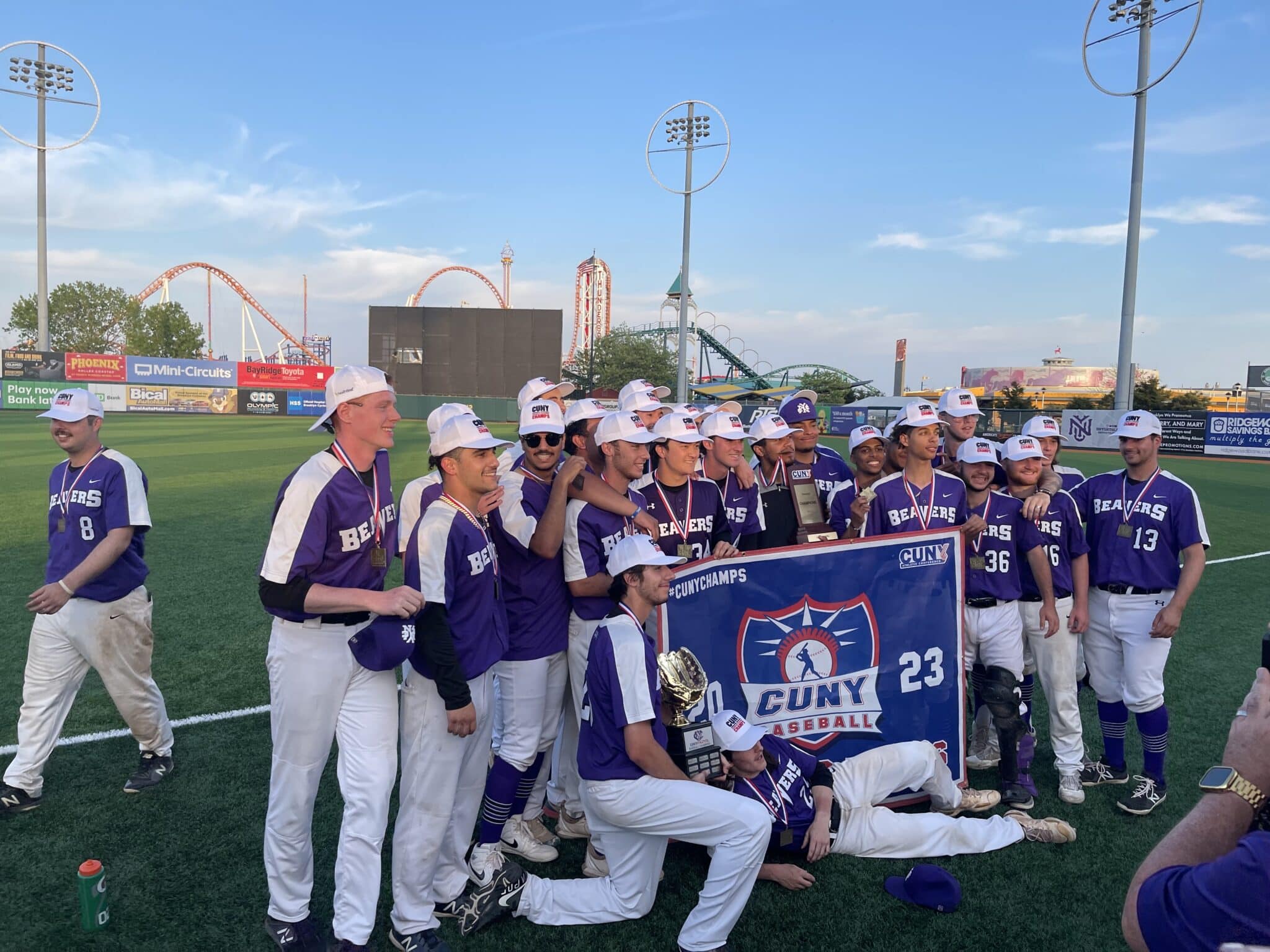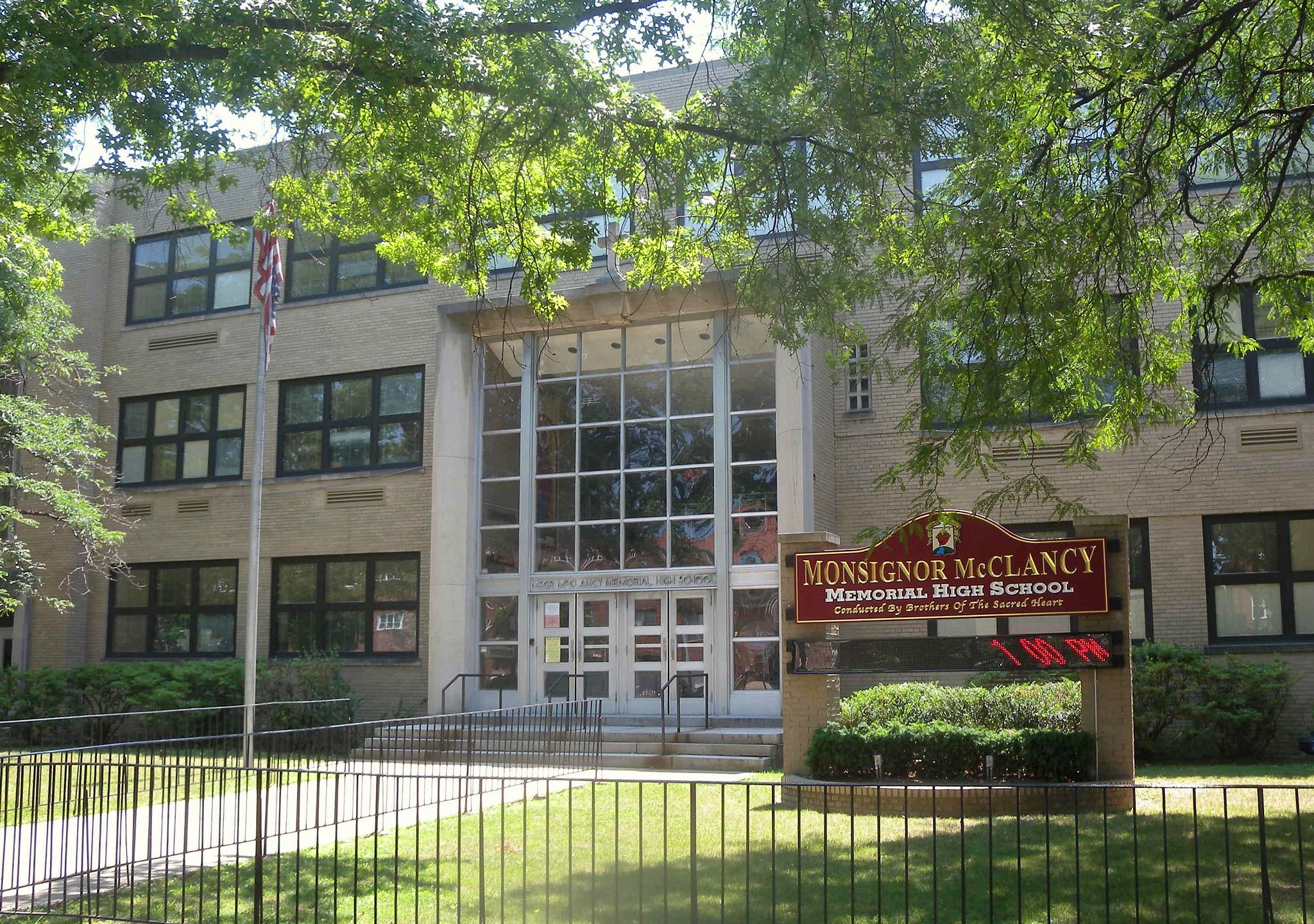It may actually be easier to get a good grade, but are students learning in this virtual world?
Queens High School Students Struggle with Remote Learning
by Mohammed Navil
“Classes changed for the worse mainly. We have less time to learn and understand the curriculum. It’s easier to get a higher grade, but it’s hard to learn things,” said Ryan Hossain, a Queens high school student. Hossain’s frustration with remote learning is something other students share.
The Bengali-American teenager opted for online classes as soon as they were available. He joined a majority of New York’s 1,126,501 students in choosing remote learning. Only 335,000 students went back for in-person classes.
But Hossain and others feel unsatisfied by online classes. “The main problem with online learning is the lack of meeting every day,” he said. “By not meeting every day, students are supposed to learn the material themselves on the non-class days.” He explained that he felt as if he wasn’t being taught as well as he should be because of the on and off class days.
Online education poses other challenges. Some had pre-recorded lectures, or asynchronous class, before the pandemic. In some cases, online teachers use recordings now. Hira Khan, a Pakistani-American student in Queens, said, “In my high school, we’ve always done asynchronous-type work, so the transition wasn’t too difficult to get used to. However, just working at home has proven to be more difficult than I thought it was going to be.”
She explained that because of how different online classes are, she has problems with procrastination. “I’m in my senior year, so the classes are more about social/real-life skills, like economic classes rather than academic. So, it hasn’t been too difficult learning because I’m not really learning. But turning in my work on time has been more difficult because I feel like I can make up my work at any time.
Khan, like others, feels confined by the coronavirus restrictions, but she seems to have a positive attitude. “It would be nice if I didn’t have to worry about these restrictions and constantly have to worry about my safety when going outside. As for missing my teenage experience, since my generation is involved in social media, having contact hasn’t changed and not hanging out in person with my friends, I’m not too bothered.”
Remote Learning Gets A Failing Grade
by Christopher Valentin
“I don’t like learning behind a computer screen, I’d much rather be in school with my classmates and teachers,” said 15-year-old Antonio Modesto. Antonio, a sophomore at City College Academy of the Arts in Washington Heights, began his school year remotely but went for in person classes when his school reopened. “He’s a good student but he gets distracted too easily. He needs that classroom setting to stay focused,” said Antonio’s mother Narleen.
Students, parents and teachers were thrown a curveball when Mayor De Blasio made the decision on November 18 to close all public schools effective immediately. The announcement was not shocking because the city had seen an uptick in COVID-19 cases and reached the 3 percent threshold. But parents and teachers thought they would have more time to prepare for the transition.
Narleen works full time as a housekeeper for three families on the Upper East Side. “I hate going to work. I do it because I need to keep a roof over our heads, but the last few days have been hard,” she said. While Narleen is at work, Antonio stays home alone. This worries her. “He’s a smart kid so I know he isn’t in any danger.” But, she added, “I just feel guilty. I’m not there with him in case he loses focus or needs help understanding a topic.”
Just as parents like Narleen are struggling with home and work life, teachers also face a tough time with the change.
Michelle Vera, a teacher at IS 218 in Washington Heights, jumped on a Zoom call seconds after ending a Zoom science class. “I have twenty minutes to talk with you, eat my yogurt and prepare for my next class,” said Vera as she reached for her yogurt. Vera has taught for twenty years and celebrated her anniversary virtually this past June.
“I used to get annoyed when they would announce last minute whether we were closed because of snow, but this year, the way the mayor has handled this pandemic, it is something I have never seen,” she said. Educators were informed about the decision to close schools just minutes before the rest of the city found out. Vera described what happened at her school: “My principal called us all into the office and told us as of tomorrow we were back to remote only. A few minutes later I get the alert on my phone.”
She was given the option in September to teach either in-person or virtually. She chose in-person. “I like connecting with my students in a face-to-face environment,” she explained. “I had roughly ten to fourteen students in each of the four classes I taught. But now, not only will I not be having that interaction, but I also need to change my lesson plan so that it is as impactful virtually as it is in-person.”
More confusion arose in the midst of the transition when Mayor de Blasio announced his latest school reopening plan on November 29th. Grades Pre-K thorough 5 will return to the classroom first on December 7th. District 75, which serves students with special needs, will reopen on December 10th. De Blasio said in a statement that younger students are returning first “because we know studies consistently show younger kids are having less of a negative experience and there is less concern about the spread when it comes to younger kids.” With the reopening comes new restrictions and more testing for all school personnel and students. No announcement was made about when middle or high school students can return to the classroom.
Vera said, “I was literally working on lesson plans for December and January when I got the email from the DOE. My heart raced because I thought it was all schools reopening, but I do feel younger students need the classroom environment more than anyone else, so I’m happy on that front. I just hope we’re back in class come the New Year because my student engagement is way down. One or two students actually respond to me during Zoom classes. and it’s hard. It’s hard on me. and it’s hard on them. This needs to come to an end very soon.”
Tags: City College Journalism Coronavirus COVID-19 Mayor de Blasio Online Learning remote learning teachers Virtual Learning
Series: Coronavirus

